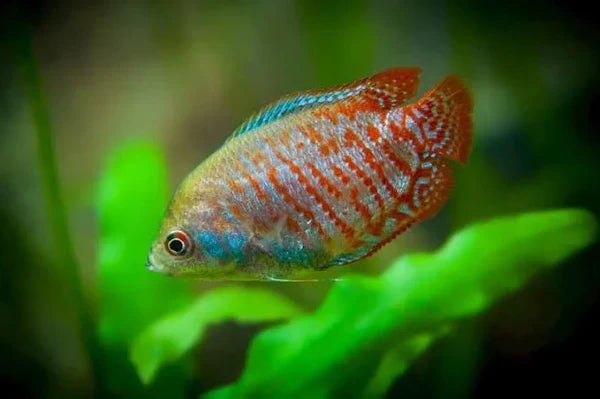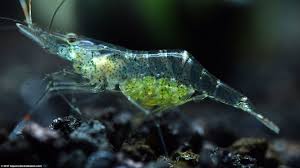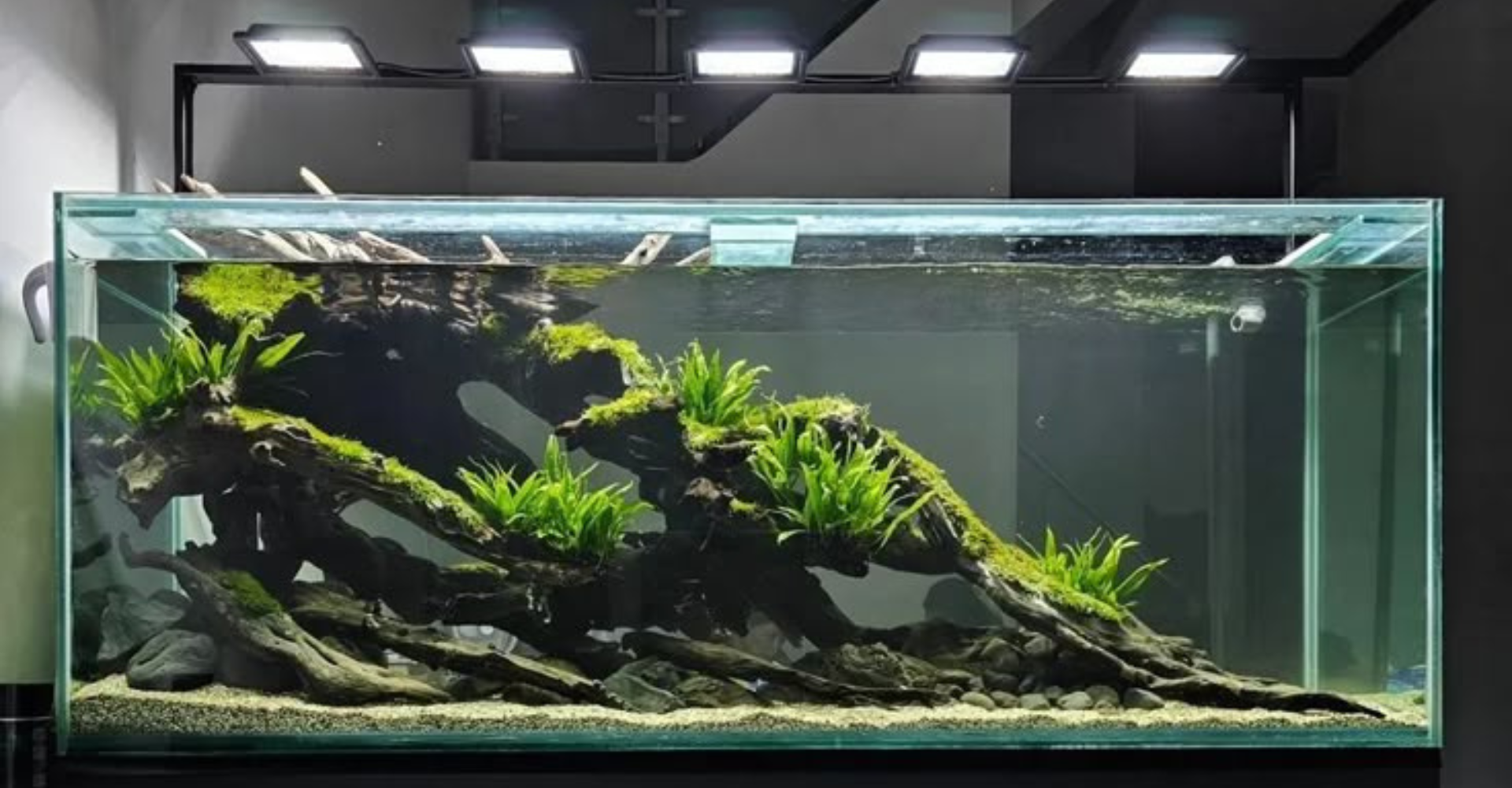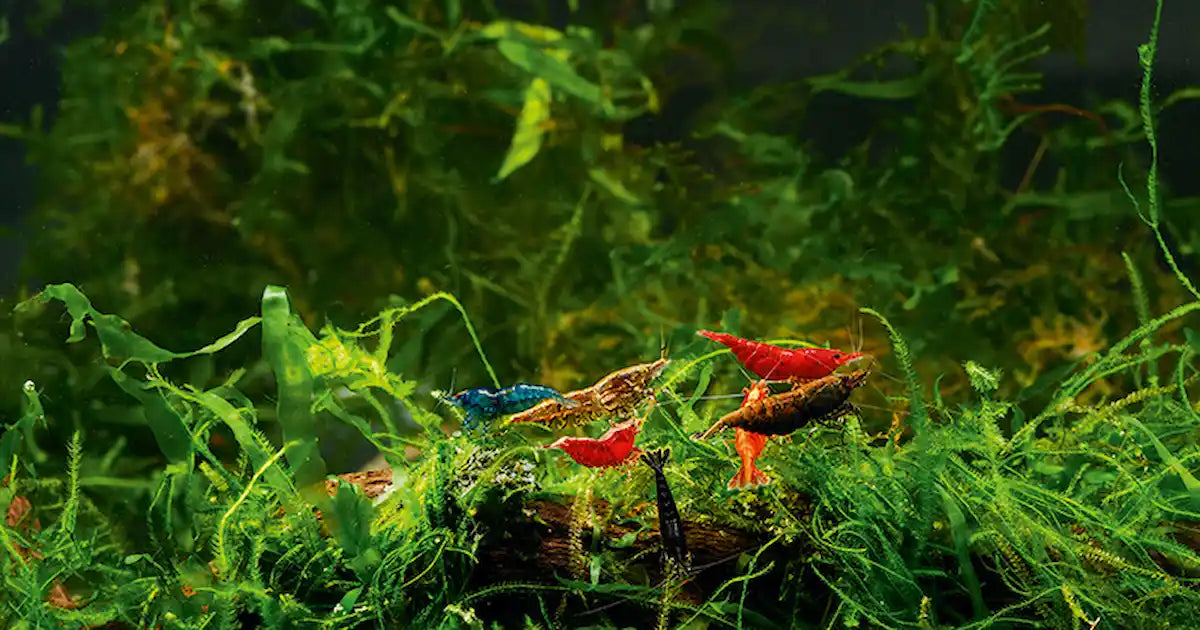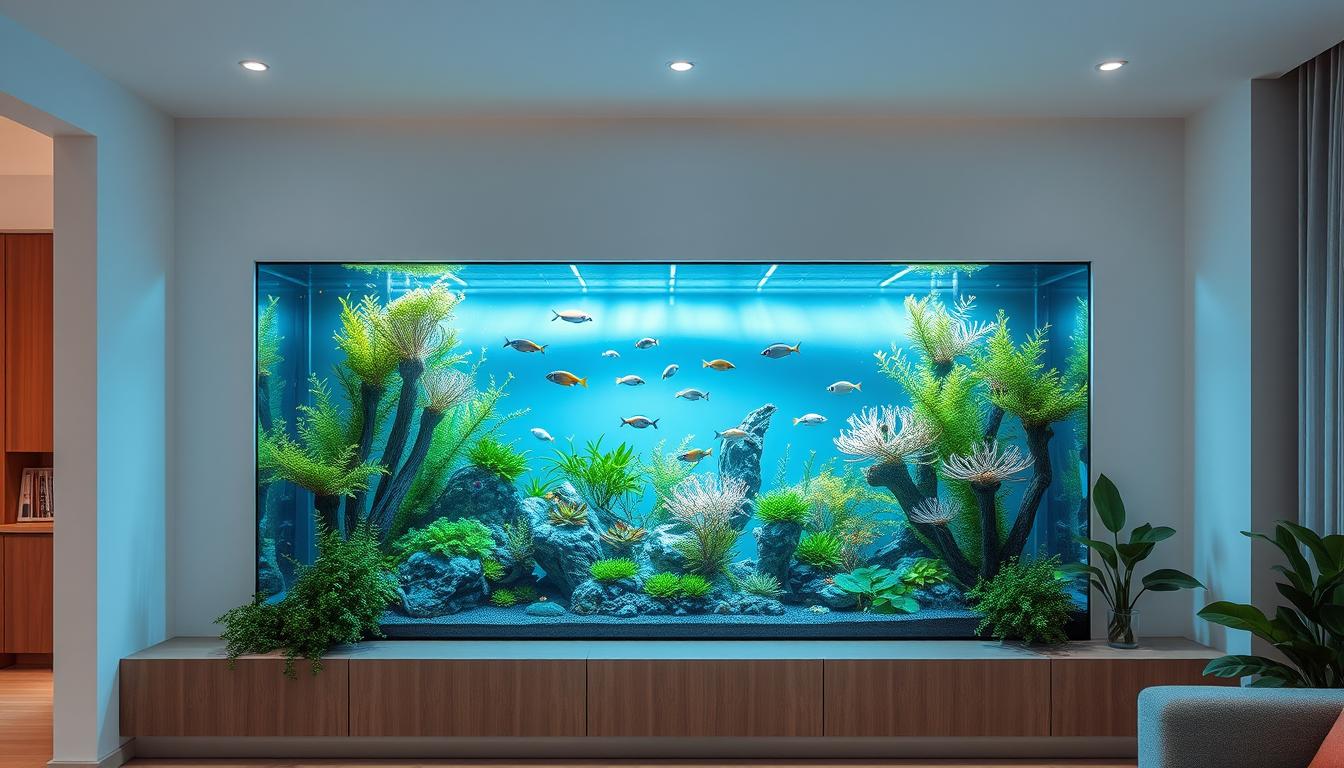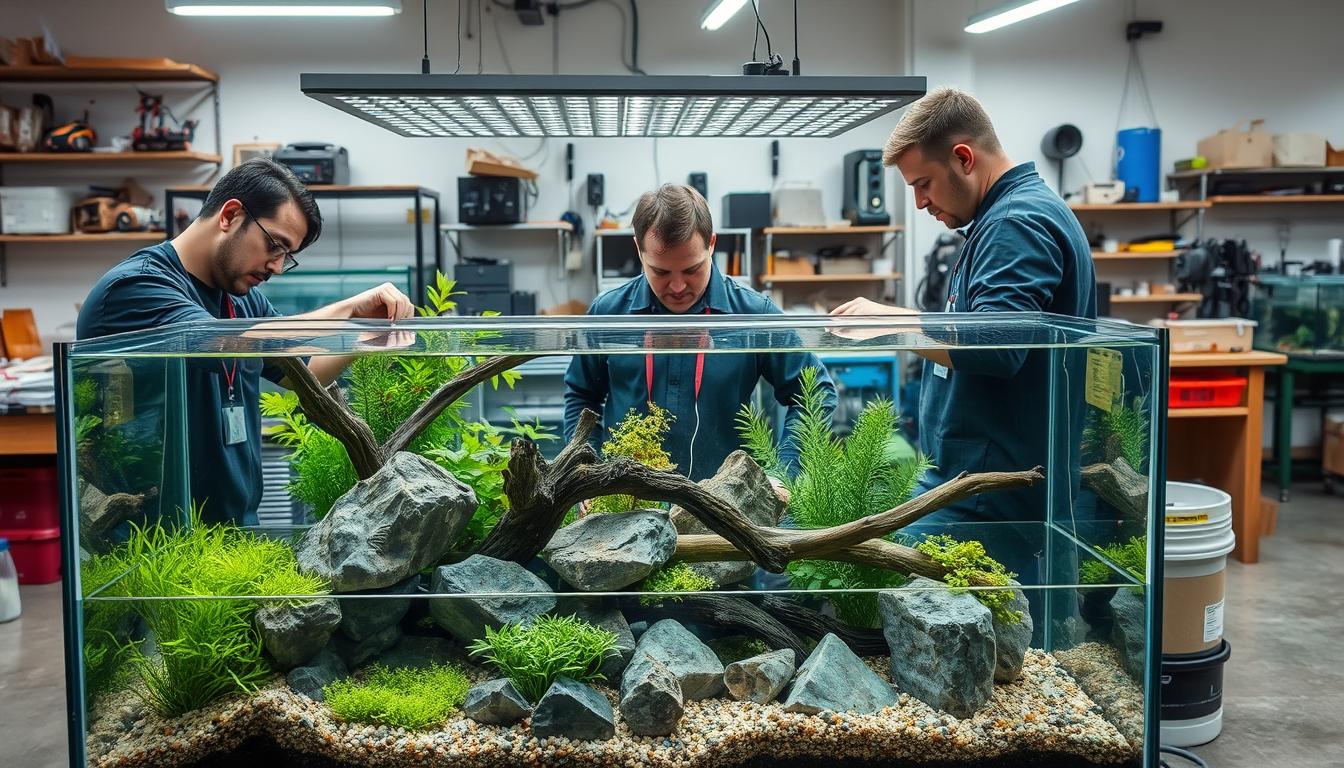What are Nerite Snails?
Nerite snails are a type of snail that is often used in aquariums. They are known for their ability to clean algae off glass and other surfaces, making them popular among aquarium enthusiasts. Nerite snails are native to Africa, Asia, and Oceania and can be found in various colors, including black, brown, and striped.
Nerite snails reproduce by laying eggs on hard surfaces such as rocks and aquarium glass. The eggs hatch into larvae which eventually grow into adult nerite snails. Unfortunately, it is difficult to breed nerite snails in captivity, so most nerite snails available for purchase are wild-caught.
But, yes, Nerite Snails are a peaceful species that gets along well with other tank mates. They are not known to bother other fish or invertebrates and are considered good additions to community tanks.
The Benefits of Keeping Nerite Snails
Nerite snails are a great addition to any aquarium because they help clean the Tank. They eat algae and other debris, which helps to keep the water quality high and the Tank looking its best. In addition, nerite snails are very peaceful and not known to bother other fish or invertebrates. This makes them a great choice for community tanks.
Some Benefits-
- Keeps Tank hygienic - Nerite Snails are known for their scavenging abilities and will help keep your tank clean by eating algae and other debris. This is beneficial for both the water quality and the appearance of your aquarium.
- Peaceful Nature - Nerite Snails are very peaceful creatures that won't bother other fish or invertebrates. This makes them a great addition to community tanks.
- Help Control Algae Growth - Nerite Snails are known to eat algae, which can help control their growth in your aquarium. This is beneficial because algae can quickly take over a tank if left unchecked.
- Low Maintenance - Nerite Snails are easy to care for and don't require much attention. They are a good choice for beginner aquarists or those who don't want to spend a lot of time caring for their Tank.
Behaviour of Nerite Snails
Nerite Snails are known for their beautiful shells and their peaceful nature. In addition, they are excellent scavengers and can help to keep your aquarium clean.
However, Nerite Snails are not known for being particularly active, but they can sometimes be seen moving around the aquarium. They prefer to stick close to the glass and rocks, where they can graze on algae. Nerite Snails will also consume leftover fish food.
Nerite Snail Care
Nerite Snails are relatively easy to care for, but there are a few things that you will need to do to keep them healthy and happy.
First, you need to provide them with good quality aquarium salt. Nerite Snails are very sensitive to changes in water quality, so it is important to use an aquarium salt designed for their needs. You can find this type of salt at most pet stores.
Second, you will need to provide them with a calcium supplement. Nerite Snails need calcium to grow and stay healthy. You can find calcium supplements at most pet stores or online.
Third, you will need to feed them a high-quality diet. Nerite Snails are omnivores, requiring both plant and animal matter in their diet. A good way to provide them with both is to feed them pellets or flakes designed for omnivores. You can find these at most pet stores.
Finally, you will need to provide them with a hiding place. Nerite Snails are very shy creatures, and they like to have a place to hide when they feel scared or threatened. A good way to provide them with a hiding place is to put a piece of driftwood or a rock in their tank.
By following these simple tips, you can provide your Nerite Snail with the care it needs to thrive.
What Do Nerite Snails Eat?
Nerite snails love to eat algae, but they will also consume other plant matter. Nerite snails are known to help keep aquariums clean by eating unwanted algae growth. Algae is not the only thing on the menu for nerite snails, though, as they will also consume soft-leaved plants, detritus, and uneaten fish food. Nerite snails are voracious eaters and will help keep your aquarium looking its best.
If you have Nerite Snails in your aquarium, it is important to ensure they are getting enough to eat. You can do this by providing them with plenty of algae to graze on or by giving them sinking pellets or tablets specifically designed for herbivorous fish. Nerite Snails are peaceful creatures and will not bother other fish in the aquarium, so there is no need to worry about stealing food from other occupants.
Are Nerite Snails Suitable for Every Aquarium?
Nerite Snails are a popular choice for many aquarium enthusiasts due to their wide range of benefits. Nerite Snails are excellent detritivores, meaning they help keep your aquarium clean by consuming uneaten food and waste products.
However, Nerite Snails are not suitable for every aquarium. Nerite Snails require brackish water conditions to thrive, so if you do not have a brackish water aquarium, Nerite Snails will not be a good fit. In addition, Nerite Snails are known to be escape artists, so if you have an open-topped aquarium, you will need to take extra precautions to prevent your Nerite Snails from escaping.
Overall, Nerite Snails can be a great addition to many aquariums, but you will need to do your research to ensure they will be a good fit for your particular setup.
What are the spawning habits of Nerite Snails?
Nerite Snails are a type of snail that is commonly found in aquariums. They are known for their ability to reproduce rapidly, which can often be a problem for aquarium owners. Nerite Snails typically lay their eggs on hard surfaces, such as rocks or plants. The eggs will hatch in 1-2 weeks, and the fry will be free-swimming.
Nerite Snails can also reproduce asexually, which means producing offspring without a mate. This process is called fission, and it results in two identical Nerite Snails. Nerite Snails are not known to be harmful to plants or fish, but they can become a nuisance if they reproduce too rapidly.

